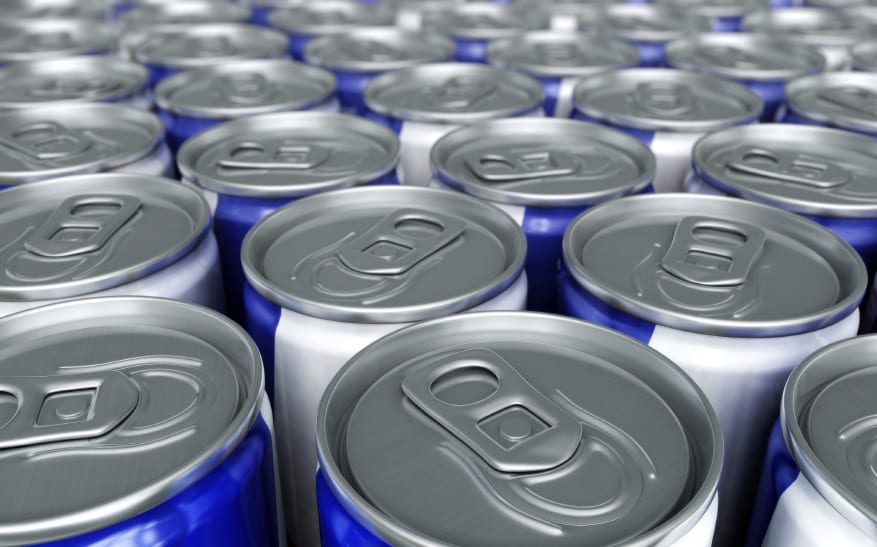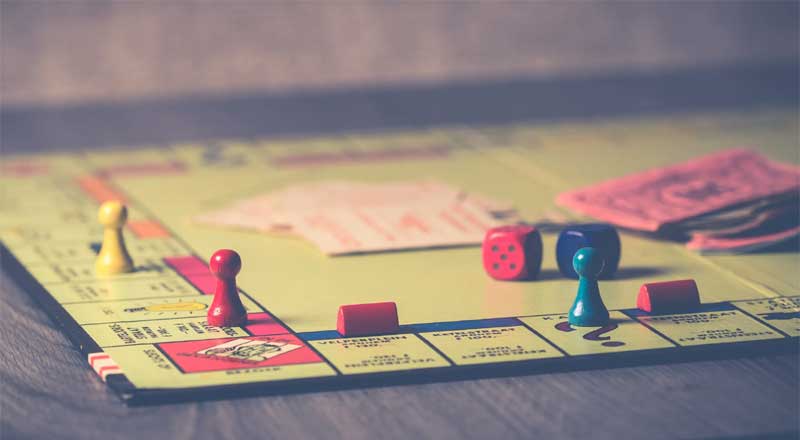This is Part I of Bright Beacon’s series on Energy Drinks. Don’t miss Part II – “Skip The Speed: 5 Reasons Teens Should Avoid Energy Drinks” and Part III – Energy Drinks: The Danger Of Creating “Wide-Awake Drunks”
“Energy” drinks are caffeinated beverages advertised as boosting the immune system, enhancing performance, and creating a “buzz” or a “high.” Most parents cannot differentiate between an energy drink and a carbonated soda. And even fewer can explain specifically to their kids why energy drinks might be unhealthy.
Adolescents are no strangers to energy drinks, and over the last two years, media reports have heightened the awareness of doctors, parents and lawmakers.
In October 2010, nine Central Washington University students were hospitalized and one almost died. Their illness was blamed on a fruit-flavored, caffeinated alcohol drink called Four Loko – aptly nicknamed “Blackout in a can” or “Liquid cocaine.” A month prior, on a college campus in New Jersey, twenty-three students were hospitalized after becoming intoxicated, again reportedly after drinking Four Loko. Both campuses have since banned the caffeinated alcoholic beverages.
Washington State Attorney General Rob McKenna stated, “It’s time to bring an end to the sale of alcoholic energy drinks. They’re marketed to kids by using fruit flavors that mask the taste of alcohol, and they have such high levels of stimulants that people have no idea how inebriated they really are.” As the FDA is poised to ban caffeinated alcohol drinks from the market, the makers of Four Loko (Phusion Projects, Inc. of Chicago), have decided to remove caffeine from its drink.
Phusion Project, Inc.’s actions skirt around the underlying issue. When did caffeinated energy drinks become safe, so safe that some believed mixing them with alcohol might be a good idea? Banning caffeinated alcoholic drinks is an important first step, but it may do little to curb the practice of mixing energy drinks and alcohol – a fixture of the college party scene. To begin to understand this chain of events, let’s begin with energy drinks themselves.
Marketing and Advertising
Energy drinks first burst on to the scene in the late 1980’s, finally reaching American shores a decade later. Since then, energy drinks have become the envy of the beverage industry, raking in upwards of five billion dollars in 2006. Over 200 new brands alone were introduced into the U.S. market in 2006.
The U.S. energy drink market has grown to its current size on the backs of American adolescents. Mintel, a leading market research company, states that teens increased their energy drink consumption by 16% from 2003-2008, with 35% of teenagers regularly consuming energy drinks. In one study of energy drink consumption amongst college students, 50% consumed at least 1-4 drinks per month. Of those who drink them, their reasons for drinking included insufficient sleep, need for energy, and mixing with alcohol. While one drink was sufficient to meet most needs, those who mixed with alcohol often consumed three or more energy drinks. Almost one in three reported weekly “jolt/crash” episodes, including headaches and palpitations.
Energy drinks are marketed to adolescents, specifically males. Red Bull ™, the market leader, sponsors many high-profile sports teams including the New York Red Bulls soccer team, NASCAR and Formula One racing teams and extreme sports athletes. Red Bull devotes almost one-third of their annual marketing expenditures to sports sponsorships. From the bold, colorful cans, to the edgy names (WhoopAss, Rockstar, Monster, Daredevil), energy drinks are marketed in a language teenagers know well. Take a can of Monster MIXXD ™ (contains NO alcohol) for example. The back of the can reads: “It’s midnight Wednesday and the house party is about to go off. Everyone is jacked-up on the latest batch of jungle juice cooking in the kettle. Bring back any memories? How can a little bit of everything taste so good and work so damned quick.”
If energy drink manufacturers are blurring the lines between their drinks and alcohol, is it really that hard for the adolescent consumer to not have double vision? An energy drink in one hand and liquor in the other? Or a combo drink that can fit in one hand? It’s clear that many energy drink manufacturers deliberately attempt to create brand confusion. The alcohol-containing version of their drinks shares close resemblance to the non-alcohol containing form. And in most cases, the alcohol-containing spinoff is cheaper.
In Part II of our series on Energy Drinks, we discuss the Top 5 reasons your kids should avoid them. Check it out – “Skip The Speed: 5 Reasons Teens Should Avoid Energy Drinks”





